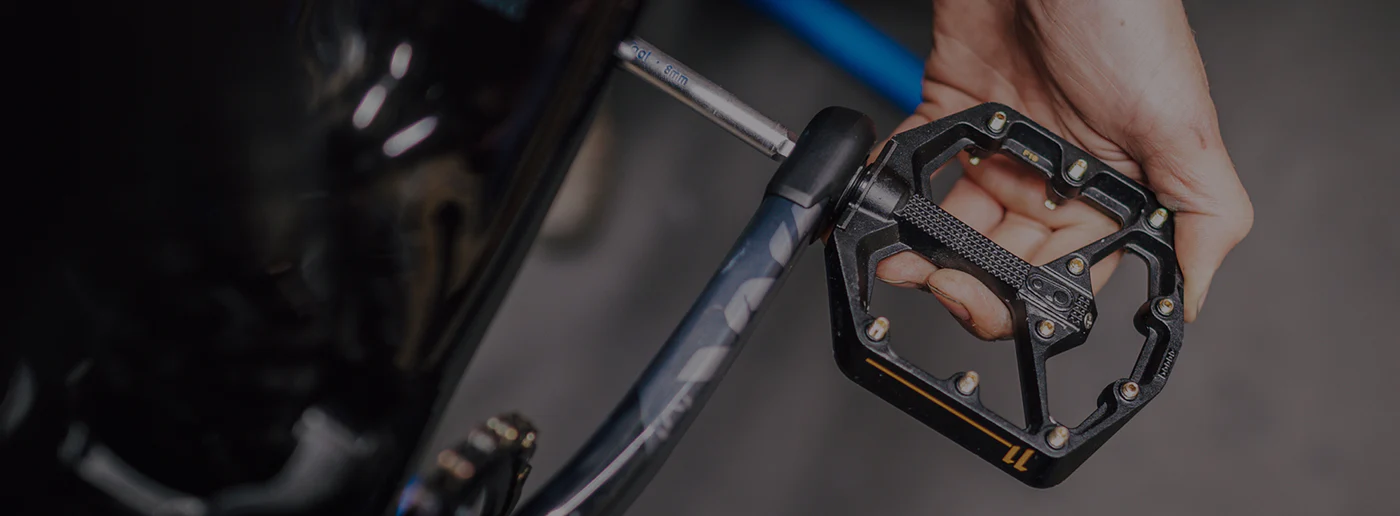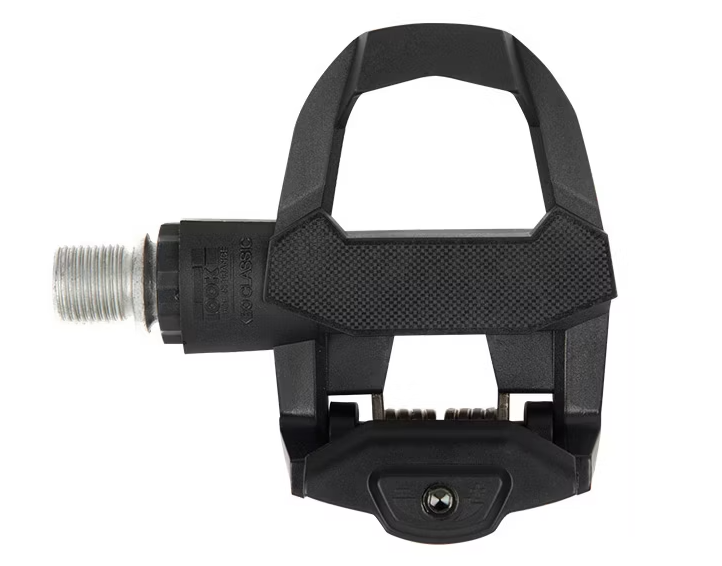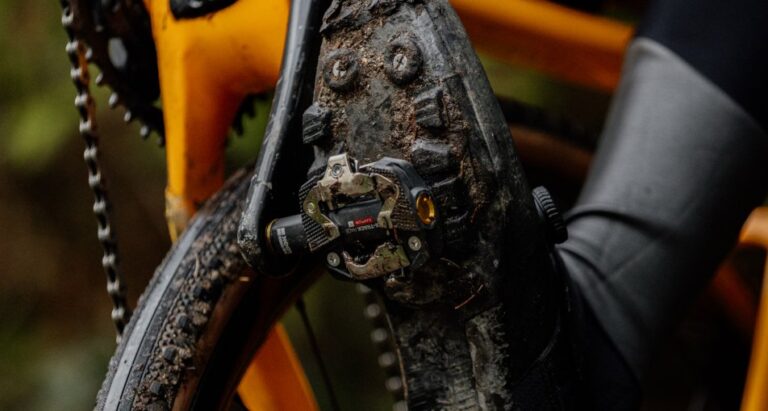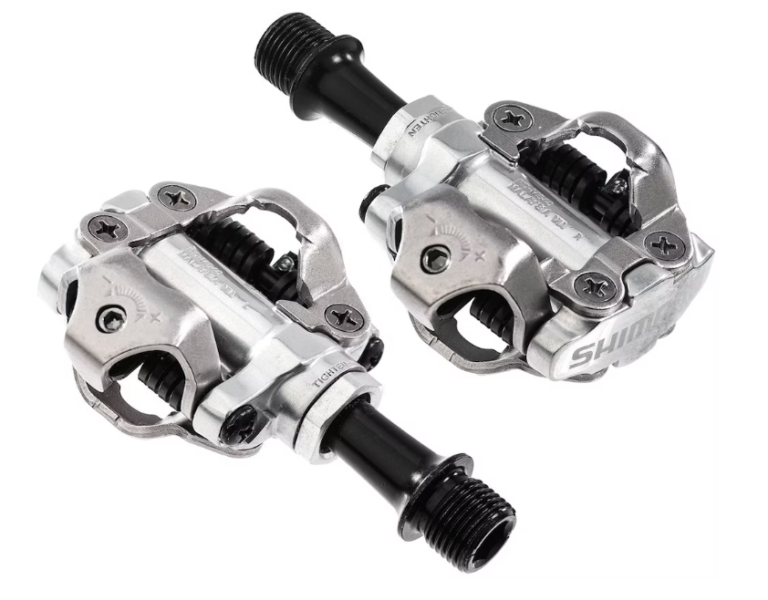Pedaling Through Time: The Evolution of Bike Pedal Technology

Key Point Summary of The Evolution of Bike Pedal Technology:
- Initial Simplicity: The earliest bike pedals were simple platforms, offering a place to rest one’s feet while propelling the bicycle forward.
- Introduction of Toe Clips: Toe clips represented the first major advancement, providing cyclists with the ability to pull up on the pedals, not just push down.
- The Clipless Revolution: The introduction of clipless pedals in the late 20th century was a game-changer, offering increased efficiency and safety.
- Material and Design Innovations: Advances in materials and design have led to lighter, more durable, and more efficient pedals.
- Future Directions: Emerging technologies and materials, such as smart pedals and sustainable materials, hint at the future of pedal technology.
As a masters cyclist with years spent racing and riding across various terrains and disciplines—from the steep inclines of mountain biking trails to the rugged terrain of gravel rides and the mud-spattered courses of cyclocross races—I’ve witnessed firsthand the remarkable evolution of bike pedal technology.
This journey from the simplest platforms to the sophisticated systems we use today is not just a tale of innovation; it’s a reflection of our changing needs and the relentless pursuit of performance improvement. Let’s delve into the history and technological advancements of bike pedals, highlighting key developments that have shaped the way we ride.
The Beginnings: Simple Platforms
The story of bike pedal technology began in the 19th century with the advent of the safety bicycle, which featured pedals in the form we recognize today. These early pedals were rudimentary platforms made from wood or metal, designed purely to provide a place for the rider’s feet. As cycling grew in popularity, the demand for more efficient and comfortable pedal designs led to the first innovations.

The Rise of Toe Clips
Toe clips, which first appeared in the early 20th century, marked a significant advancement in pedal technology. These metal or leather frames attached to the pedal allowed cyclists to secure their feet, enabling them to pull up on the pedals in addition to pushing down. This development was crucial for racers, as it allowed for a more efficient use of energy, especially on climbs and sprints.
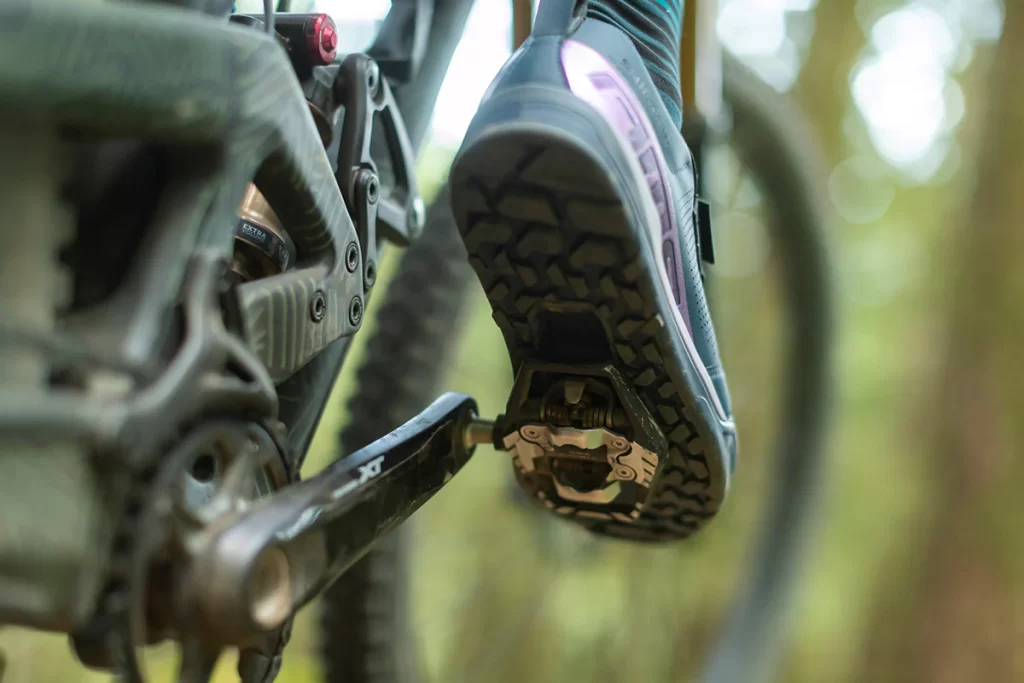
The Clipless Revolution
The late 20th century witnessed a revolutionary leap in pedal technology with the introduction of clipless pedals. Inspired by ski binding systems, clipless pedals use a cleat mounted on the sole of the shoe that clicks into a mechanism on the pedal, securely attaching the shoe to the pedal without the need for toe clips. This innovation significantly improved efficiency and power transfer, allowing for a more natural pedaling motion and making it easier for riders to unclip and clip in, thereby enhancing safety.
Material and Design Innovations
Advancements in materials and design have played a pivotal role in the evolution of bike pedals. Early pedals were constructed from steel, which, while durable, was heavy. The adoption of aluminum, titanium, and even carbon fiber has led to significant reductions in weight without sacrificing strength. Moreover, the design of pedals has evolved to optimize performance; for example, mountain bike pedals feature open designs to prevent mud buildup, while road bike pedals are aerodynamically shaped for efficiency.
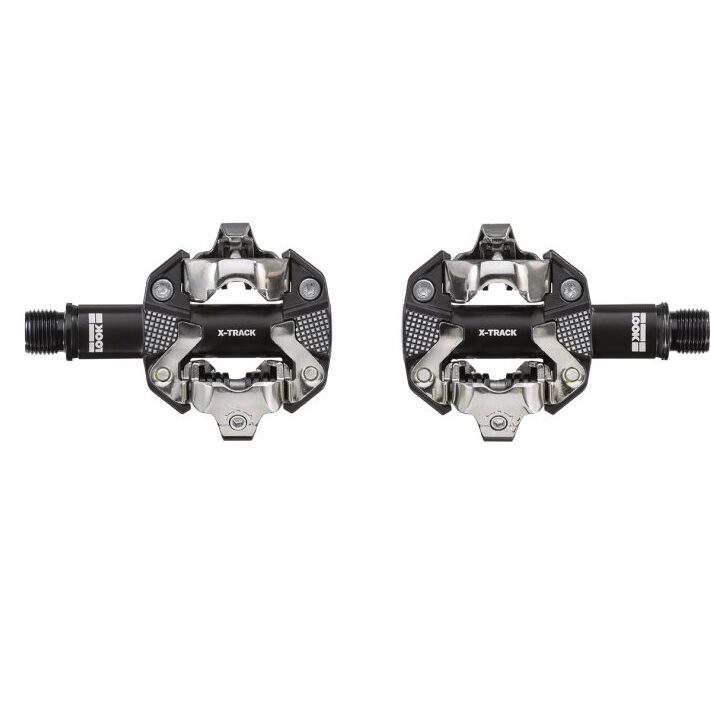
Future Directions
Looking to the future, bike pedal technology continues to evolve with the introduction of smart pedals equipped with sensors to track power output, cadence, and more, offering cyclists unprecedented insights into their performance. Additionally, sustainability is becoming a focus, with innovations in recyclable materials and manufacturing processes.
In Summary
The evolution of bike pedal technology from simple platforms to sophisticated performance-enhancing tools is a testament to human ingenuity and the never-ending quest for improvement. As a masters cyclist, I’ve experienced the benefits of these advancements firsthand, from the enhanced efficiency of clipless systems to the lightweight strength of modern materials.
For beginners and mid-level cyclists alike, understanding this evolution can deepen appreciation for the humble pedal, a component as critical to our sport’s history as it is to our personal cycling journeys. As we pedal forward, the future of bike pedal technology promises even greater innovations, ensuring that our connection to the bike continues to evolve.
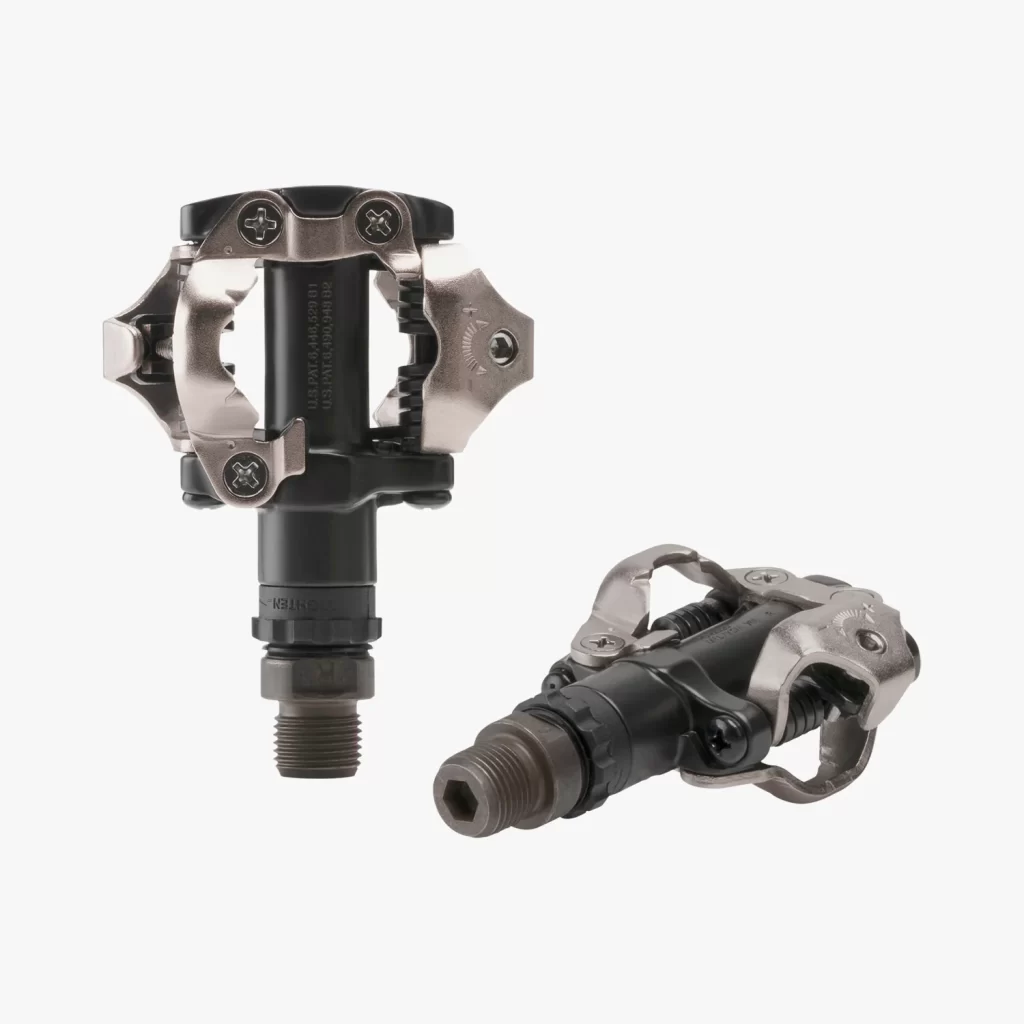
One of the most durable and reliable bike pedals that stands the test of time is the Shimano PD-M520. This pedal is a staple among both recreational and competitive cyclists for several good reasons:
- Durability: Constructed with a high-quality alloy body and chromoly spindle, the PD-M520 is designed to withstand the rigors of extensive riding, from the muddy trails of mountain biking to the rough surfaces of gravel riding.
- Maintenance-Friendly: The pedal’s design allows for easy maintenance, including the ability to easily regrease or replace the bearings, ensuring it can keep performing year after year.
- Versatility: Suitable for a wide range of cycling disciplines, the PD-M520 offers a reliable clipless experience for beginners and experienced cyclists alike, thanks to its adjustable tension settings that allow for customized entry and release.
- Cost-Effectiveness: Despite its high durability and excellent performance, the PD-M520 remains affordably priced, making it an excellent value for cyclists looking for a long-lasting pedal solution.
The combination of durability, maintainability, versatility, and cost-effectiveness makes the Shimano PD-M520 a top choice for cyclists who need a pedal that won’t easily wear out over time.
Happy Cycling
John
FAQ
What is the history of bike pedals?
The history of bike pedals begins with the early velocipedes, which didn’t have pedals and were propelled by the rider’s feet pushing against the ground. Pedals were introduced in the 1860s with the development of the pedal-driven velocipede, also known as the boneshaker, marking a significant advancement in bicycle technology and making cycling more efficient and popular.
How has the bike evolved over time?
The bicycle has evolved significantly over time from the early running machines or dandy horses without pedals, to the introduction of pedals and cranks on the boneshaker, followed by the high-wheeled penny-farthing. The safety bicycle, introduced in the late 19th century with its rear-wheel drive, chain-driven system, and two equal-sized wheels, resembles today’s bicycles. Innovations such as pneumatic tires, gears, lightweight materials, and advanced brake systems have continued to improve efficiency, safety, and comfort.
Who invented the bicycle pedal?
The first practical bicycle pedal is credited to Pierre and Ernest Michaux in the 1860s, French inventors and blacksmiths who played a key role in developing the pedal-driven velocipede.
When was a bicycle without pedals invented?
The first bicycle without pedals, known as the laufmaschine or running machine, was invented in 1817 by Karl Drais. This pedal-less design allowed the rider to propel the bike by walking or running, earning it the nickname dandy horse.
